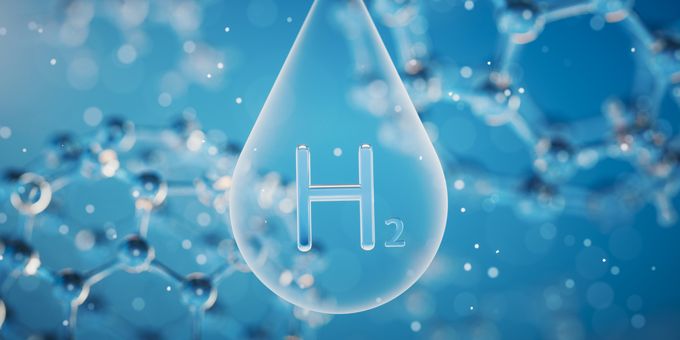NewHydrogen’s oxygen evolution reaction (OER) catalyst replaces iridium with low cost, earth-abundant materials that meet or exceed the performance characteristics of iridium.
 Producing Low-cost Green Hydrogen Using Renewable Energy
Producing Low-cost Green Hydrogen Using Renewable Energy

Q&A with Steve Hill | NewHydrogen
Tell us about yourself and your role at NewHydrogen 
I’m a veteran sales leader and business developer with over twenty years’ experience in the biopharmaceutical industry. My role is to lead NewHydrogen’s business development efforts while representing the company’s mission and technologies to investors, media, public, and potential partners.
What is NewHydrogen’s Mission?
Our mission is to develop breakthrough technologies to produce low-cost green hydrogen using renewable energy.
Why green hydrogen?
Hydrogen is the cleanest and most abundant fuel in the universe. It is zero-emission and only produces water vapor when used. Unfortunately, hydrogen does not exist in its pure form on earth so it must be extracted from a source that contains hydrogen. To date, nearly 90% of hydrogen in the world is made by steam reforming of natural gas (“grey hydrogen”) or coal gasification (“brown hydrogen”). Both sources of hydrogen are basically different forms of dirty, carbon heavy, and non-renewable fossil fuels.
What is the main challenge with production of green hydrogen?
For centuries, scientists have known how to split water into hydrogen and oxygen using a simple device called an electrolyzer. However, electrolyzers are still very expensive. A mature technology that has existed for over 200 years, electrolyzers are systems typically installed behind a solar farm or wind farm that use renewable electricity to split water into hydrogen and oxygen, thereby producing Green Hydrogen. The main challenge is their high cost, however. The catalysts that enable the critical water-splitting reactions are currently made from platinum and iridium, two very expensive precious metals that account for a large portion of the cost of electrolyzer.
What is the current technology development focus at NewHydrogen?
NewHydrogen’s sponsored research at UCLA is currently focused on developing efficient and stable earth-abundant material-based catalysts for hydrogen production through electrolysis. The scope of the research includes hydrogen evolution reaction (HER) catalysts and oxygen evolution reaction (OER) catalysts that meet or exceed the performance characteristics of iridium and platinum.
What is unique about NewHydrogen Technologies?
NewHydrogen’s oxygen evolution reaction (OER) catalyst replaces iridium with low cost, earth-abundant materials that meet or exceed the performance characteristics of iridium. The intrinsic activity and OER kinetics of the new catalyst are similar to that of iridium-based catalysts, but its low cost and high durability make it a good candidate for use with commercial PEM electrolyzers.
NewHydrogen’s hydrogen evolution reaction (HER) catalyst uses an order of magnitude less platinum while achieving similar performance, and more importantly, provides substantially higher durability. Its low cost and high durability make it a good candidate for commercial use in alkaline electrolyzers.
The content & opinions in this article are the author’s and do not necessarily represent the views of AltEnergyMag
Comments (0)
This post does not have any comments. Be the first to leave a comment below.
Featured Product

